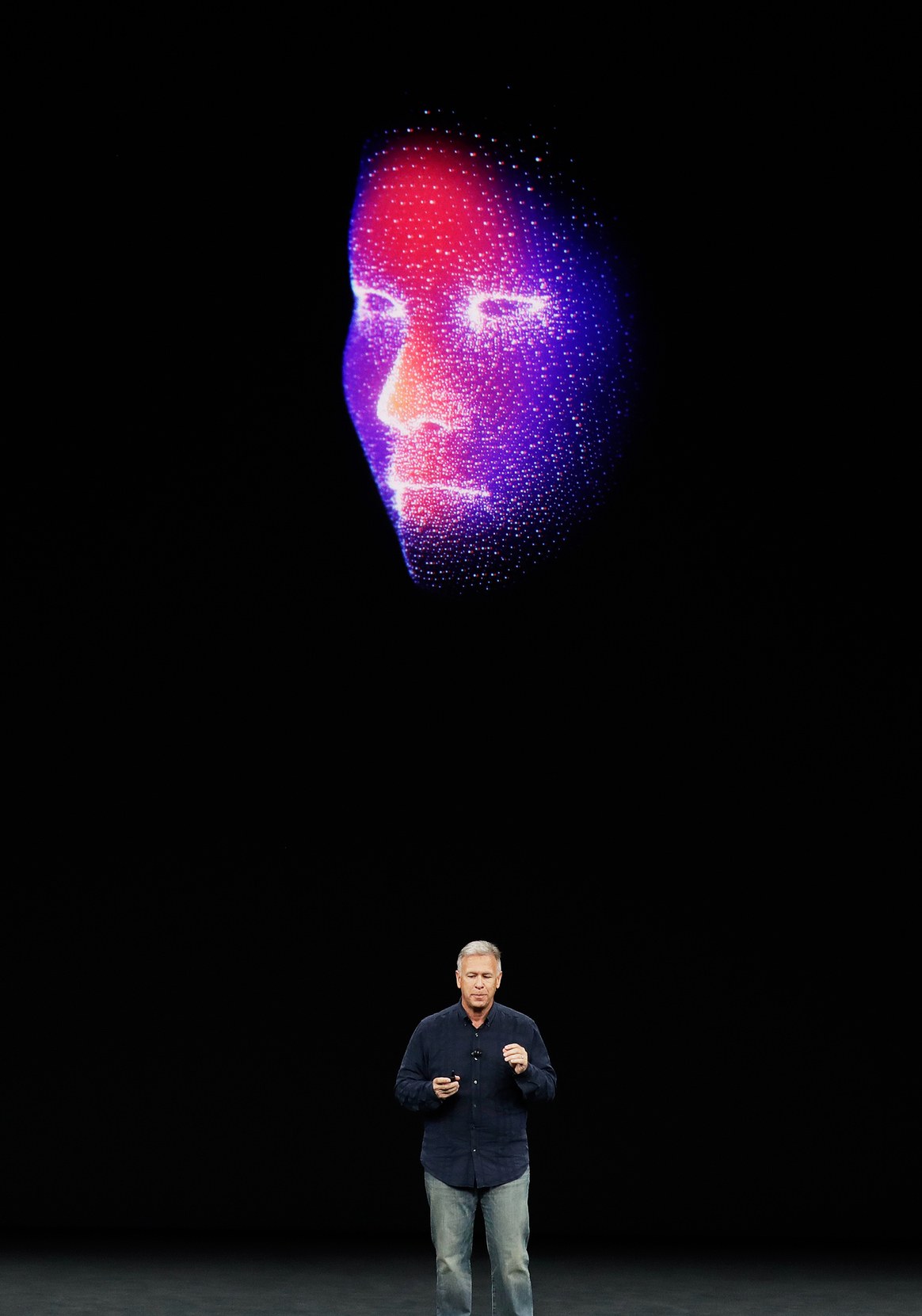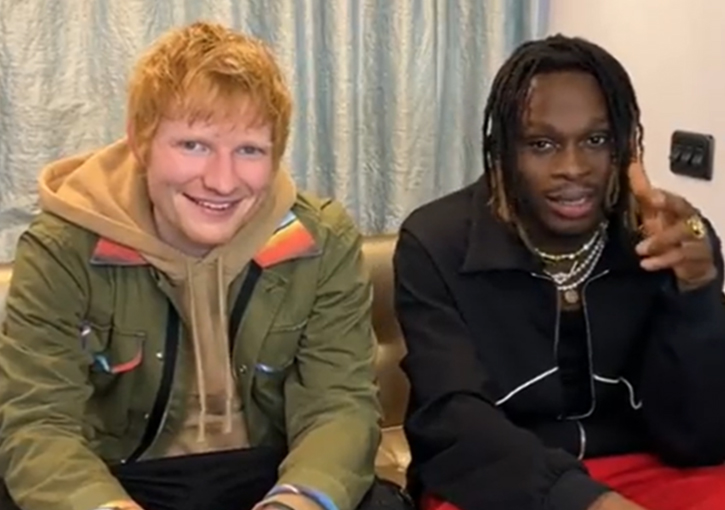
FACIAL RECOGNITION TECH IS READY FOR ITS POST-PHONE FUTURE
ONE YEAR AGO, Craig Federighi opened his eyes, stared into the brand-new iPhone X, and showed the world how he could unlock it with his face. Or, at least, he tried. It took the Apple executive a few attempts and one back-up phone to get the screen to unlock without a fingerprint or a passcode. But then, like magic, he was in.
This was Apple’s annual fall hardware show, where the company dangles its newest iPhones before the world and sets the tone for consumer products to come. Executives danced around the stage to show off the iPhone X’s seemingly endless screen, the better-than-ever camera, the new gestures to summon Siri. But the most important demonstrations came from just looking at the new device. The iPhone X brought with it Face ID, the new mechanism to unlock the phone by staring directly into it, and Animoji, a set of cartoonish emoji animals controlled by the same powerful facial mapping tech.
It didn’t take long for Face ID to become one of the most coveted features on the phone—the thing that separated old from new, your lousy iPhone 8 from the iPhone of the future. People raced to test its limits and see if they could break it. Could you unlock your phone in the dark? What if a relative or a twin tried to unlock your phone with their face? If you created a series of silicon and clay masks of your own face, could you spoof the iPhone’s camera?
Then the hype died down, and people with the iPhone X simply got used to opening their phone with a glance. It proved that facial recognition tech had finally become sharp enough to be useful. It wasn’t just cool; it was convenient. A year later, we’re all a lot more used to it.
As facial recognition has come to play a bigger role in consumer tech (dozens of phones now come with face unlock features, like Google’s Pixel 2, Samsung’s Galaxy Note 9, and Motorola’s Moto G6) it’s also growing in other contexts. Companies are pitching facial recognition software as the future of everything from retail to policing.
“I think we’re seeing it ripen and fall off the tree,” says Jay Stanley, a senior policy analyst with the ACLU Speech, Privacy, and Technology Project. “This seems like the moment where it’s really going to begin affecting our lives.” After a year of using our faces on our phones, have we become too comfortable with it?
About Face
Apple’s Face ID works by projecting a grid of 30,000 invisible dots onto a person’s face, which creates a 3-D map of their facial topography. Unlike similar features on earlier phones, the 3-D mapping makes Face ID pretty hard to hack. That’s good news for security researchers, but also for consumers. All you have to do is make eye contact and the phone can correctly identify you, each and every time.




